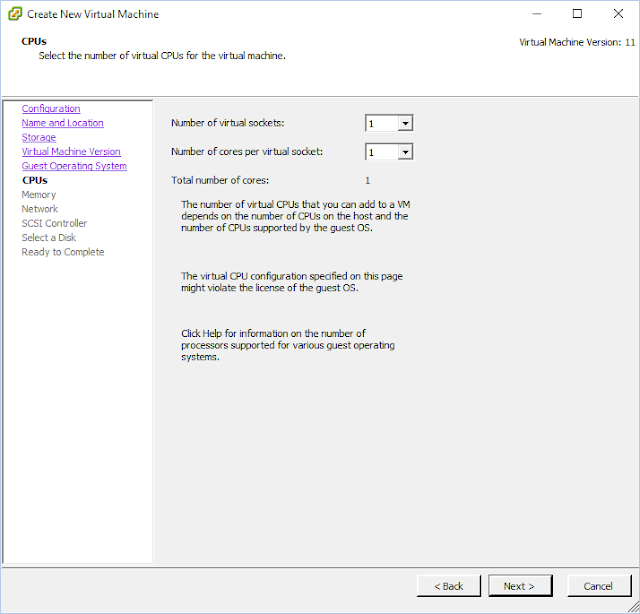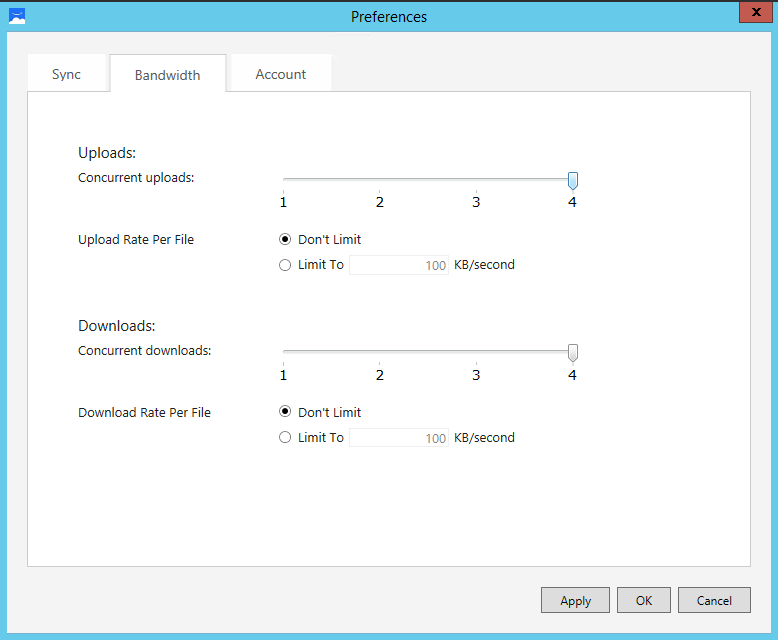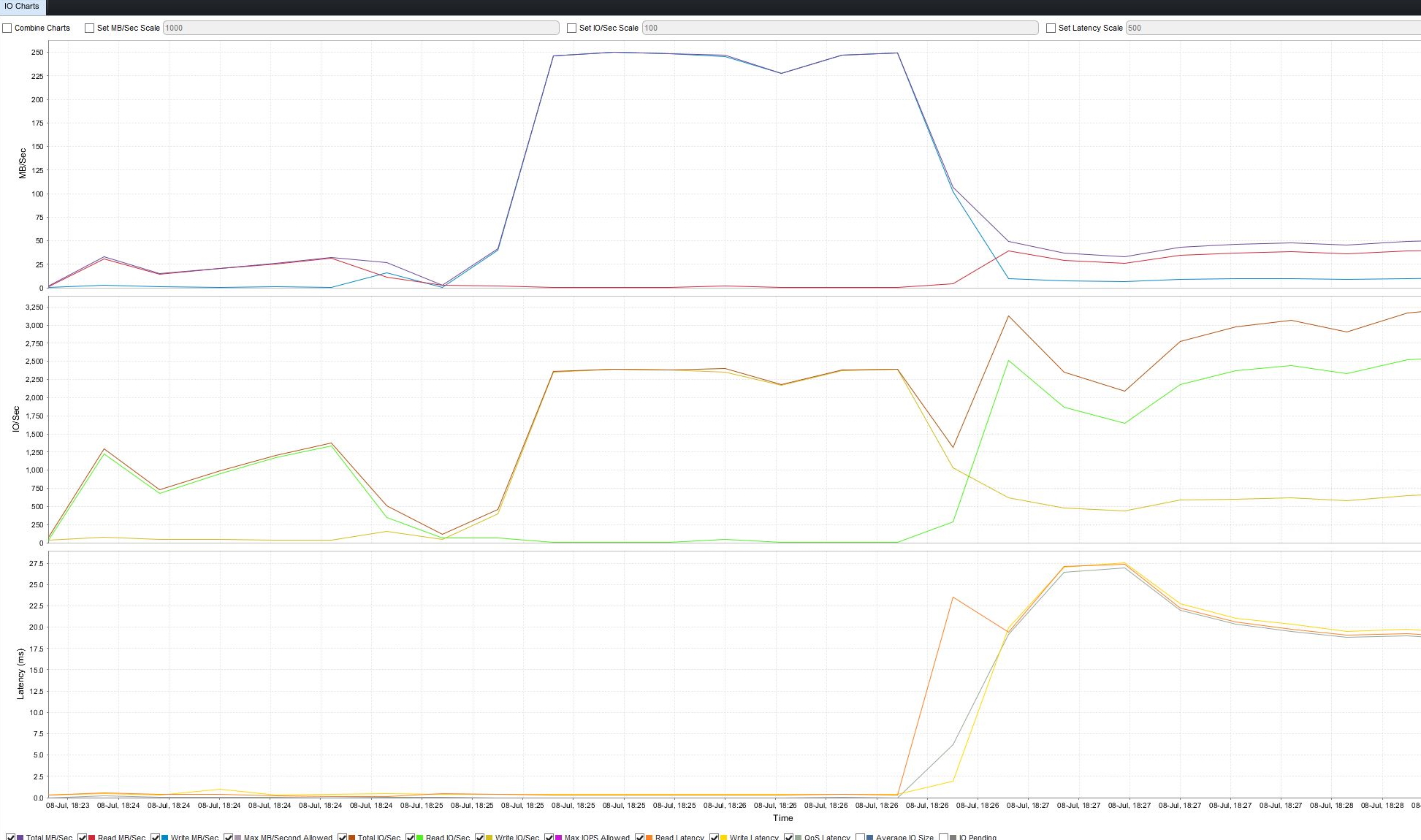But I don’t see Non-Plug and Play Drivers and VMware hcmon on my Windows 10 computer; Try renaming the C:WindowsSystem32drivershcmon.sys file. Still get the same error; Solution. On my laptop, vSphere Client 5.5 and 6.0 (older build), and their respective Update Manager plug-in are installed; Remove these older clients and plug-ins. Hi, I can't install Vmware player on my laptop. I tried a lot of things but nothing worked. It was working fine but after reinstalling windows 10 I can't install any kind of Vmware product. It says 'failed to install hcmon' every time. I wasted 2 days on the internet to find a solution and tried a lot of things but nothing worked.
Vsphere Client Failed To Install Hcmon Driver Windows 10 64-bit
Device drivers improve sound, graphics, networking, and storage performance. If you perform a custom VMware Tools installation or reinstallation, you can choose which drivers to install.
The set of drivers that are installed when you install VMware Tools depends on the guest operating system and the VMware product. For detailed information about the features or functionality that these drivers enable, including configuration requirements, best practices, and performance, see the documentation for your VMware product. The following device drivers can be included with VMware Tools.
On Windows guest operating systems whose operating system is Windows Vista or later, the VMware SVGA 3D (Microsoft - WDDM) driver is installed. This driver provides the same base functionality as the SVGA driver, and it adds Windows Aero support.
For example, Windows Server 2008 defaults to LSI Logic SAS, which provides the best performance for that operating system. In this case, the LSI Logic SAS driver provided by the operating system is used.

VMware supplies a special SCSI driver for virtual machines that are configured to use the BusLogic virtual SCSI adapter. Virtual machines do not need this driver if they do not need to access any SCSI devices or if they are configured to use the LSI Logic virtual SCSI adapter.
The driver is included as part of the VMware Tools package or comes bundled with VMware ESX/ ESXi. It is available on the host as a floppy image at /vmimages/floppies/vmscsi.flp. The driver can be used in Windows XP, Windows Server 2003, or Windows 2000.
Vsphere Client Failed To Install Hcmon Driver Windows 10 32-bit
The VMXNET and VMXNET3 networking drivers improve network performance. The set of drivers that are used depends on how you configure device settings for the virtual machine. Search the VMware Knowledge Base for information on which guest operating systems support these drivers.When you install VMware Tools, a VMXNET NIC driver replaces the default vlance driver.

- File Introspection Driver: The File Introspection driver uses the hypervisor to perform antivirus scans without a bulky agent. This strategy avoids resource bottlenecks and optimizes memory use.
- Network Introspection Driver: The Network Introspection driver supports NSX for vSphere Activity Monitoring.

Do not delete or replace existing inbox drivers for Linux that are distributed by your OS vendors. Deleting or replacing these drivers might cause conflict with future updates to the drivers. Contact your OS vendor or OS community for availability of specific updates to drivers.
See http://kb.vmware.com/kb/2073804 for information about availability, maintenance, and support policy for inbox drivers for Linux.
If you use Workstation or Fusion, you can install the Shared Folders component. With Shared Folders, you can easily share files among virtual machines and the host computer. The VMHGFS driver is a file system redirector that allows file system redirection from the guest operating system to the host file system. This driver is the client component of the Shared Folders feature and provides an easy to use alternative to NFS and CIFS file sharing that does not rely on the network. For Linux distributions with kernel version 3.10 and later, a new FUSE based Shared Folders client is used as a replacement for the kernel mode client.
VMware Tools installation include the VMware AppDefense, a security management and monitoring solution. AppDefense agent can be installed on the guest virtual machine using the VMware Tools installer. However, VMware Tools cannot install the AppDefense component automatically. You need to install the component manually.
I tried the install the most recent version of VMRC which can be found here and I got this error message during the installation:
I found the KB2130850 which mentioned that I should uninstall all vSphere Client instances, install VMRC and reinstall all vSphere Client instances. Unfortunately this was not the solution. I have then uninstalled the Horizon View Client too to be on the safe side. Again this was also not the solution.
I have then checked the vminst.log which can be found in the %TEMP% folder and saw the following error messages:
VNLCopyFileToSystemDir: Copying ‘C:Program Files (x86)Common FilesVMwareUSBhcmon.sys’ to ‘C:Windowssystem32drivershcmon.sys’
VNLGetLocalizedString: Failed to allocate a localized string 0x00000020: 317
VNLCopyFileToSystemDir: Failed to copy file: “C:Windowssystem32drivershcmon.sys”. (null) [32]
VNL_InstallHcmon: Failed to create service for hcmon driver.
This looked like that there are not sufficient permissions to copy the hcmon.sys to the destination folder, although the installer told me that he is using elevated permissions:
Because you haven’t “Run as Administrator” for msi packages I used an elevated cmd prompt to start the msi with Administrator permissions and lo and behold VMRC was installed without problems. There are 2 possibilities from my point of view why this happened.
- The elevation process of setups was little bit changed in Windows 10
- The hcmon.sys file was already there and the elevated permission was to less to replace it.

I did a quick check about these possibilities and it was 2. When there is an existing hcmon.sys (from vSphere Client), VMRC installer can’t replace it even if the installer gets elevated for installation. The only possibility was to start the installer as Administrator to get the hcmon.sys in the C:WindowsSystem32 directory replaced.